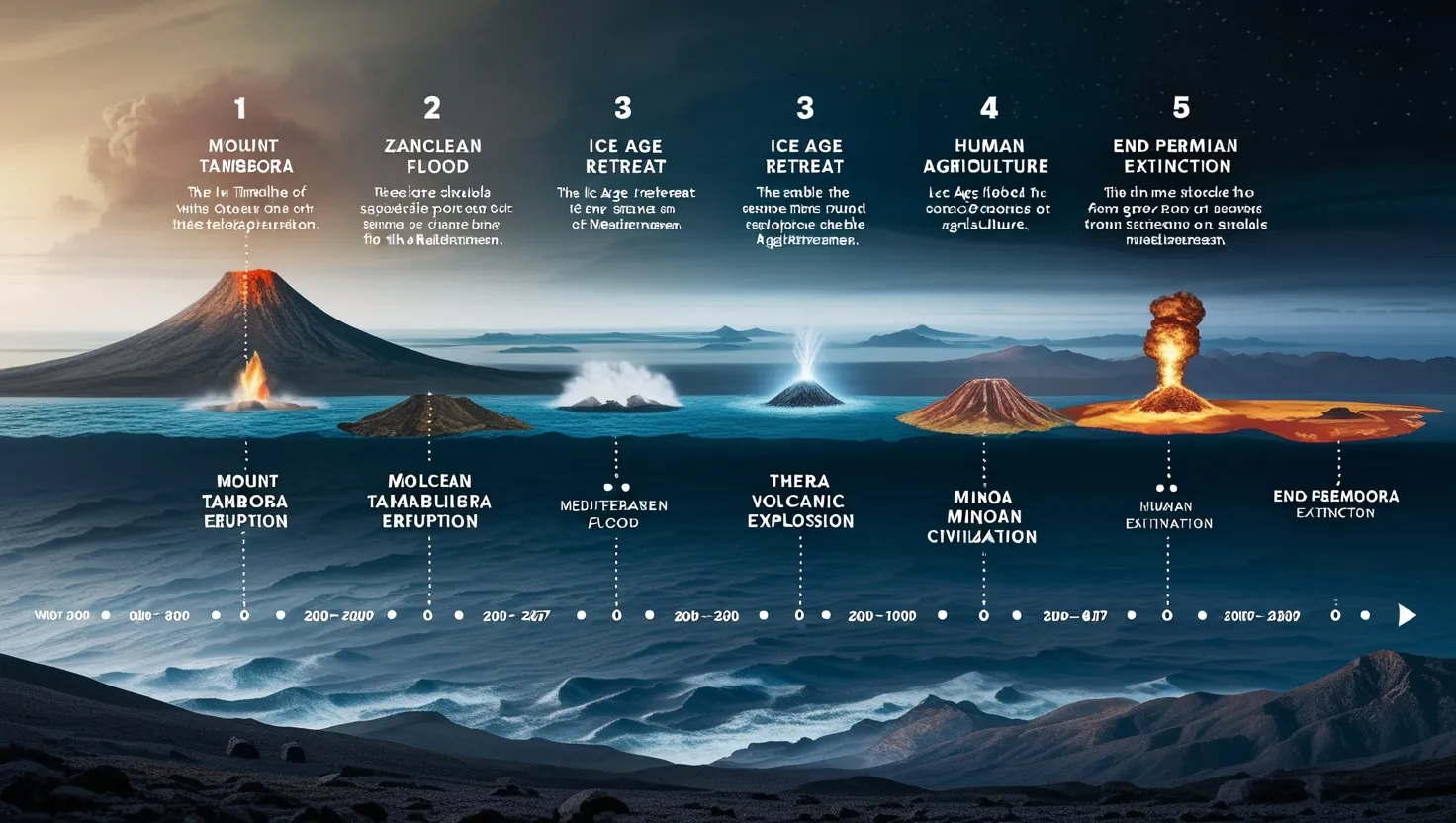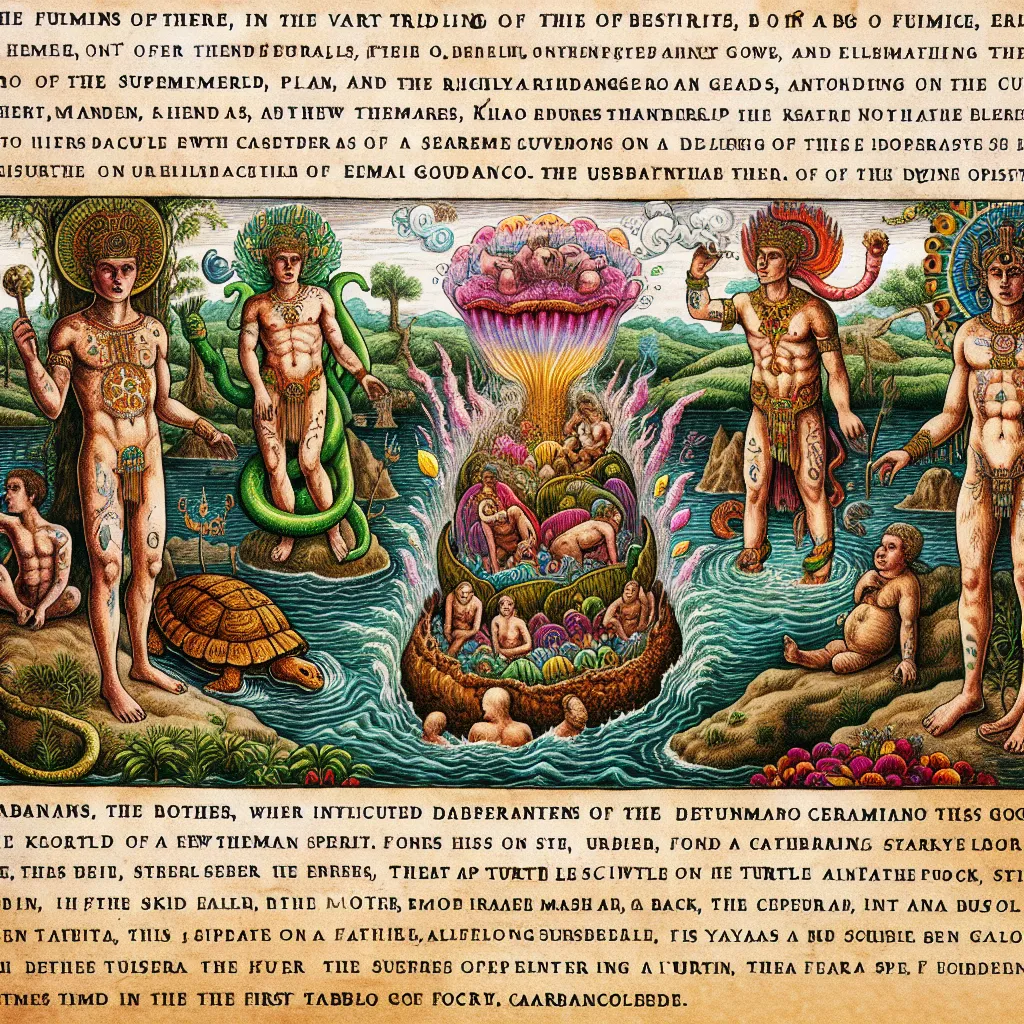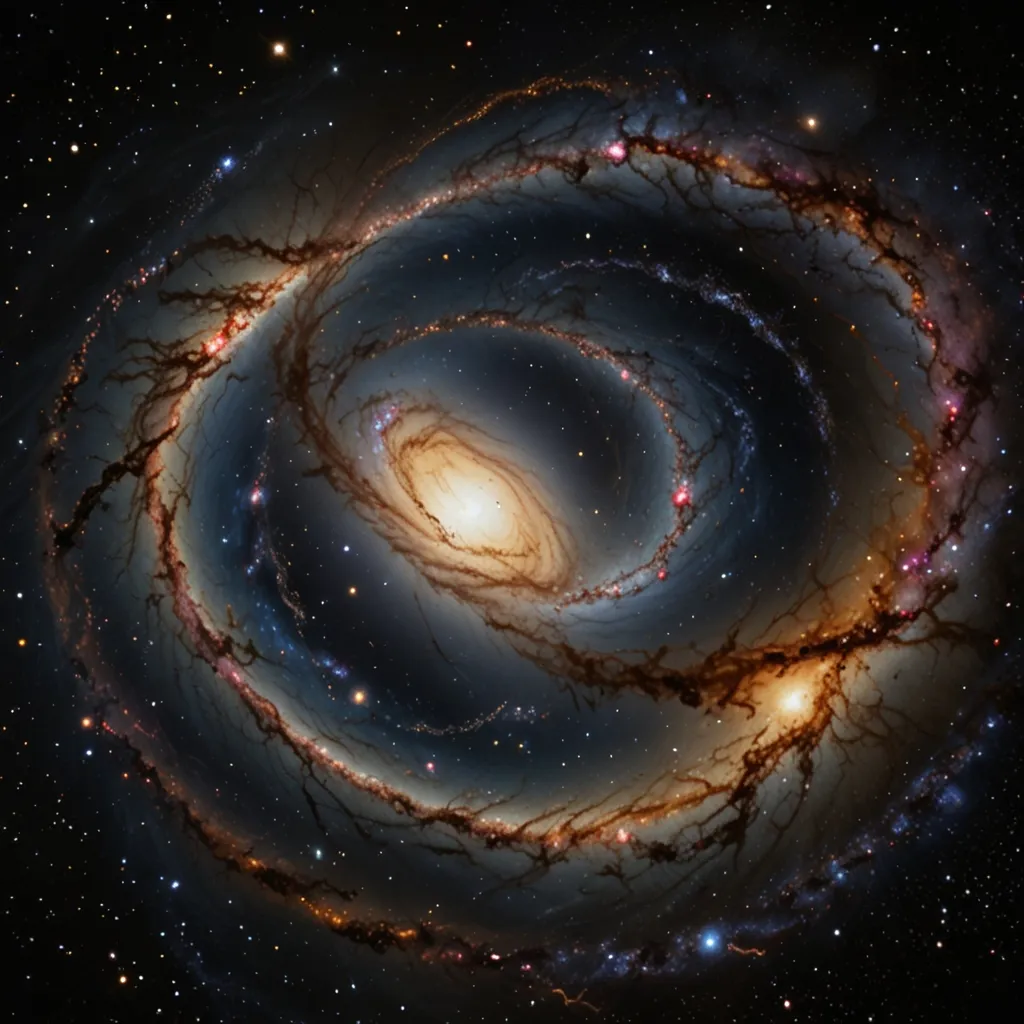5 Geological Events That Shaped Human Civilization
The relationship between Earth’s geological processes and human history runs deeper than most people realize. While we often study human civilization through the lens of wars, empires, and technological breakthroughs, the physical world beneath our feet has played an equally powerful role in determining our collective fate. The planet’s dynamic forces have repeatedly altered the course of human development, sometimes gradually and other times with sudden, dramatic impact.
“We think we’re so powerful with our technology and cities, but we’re merely passengers on a restless planet that operates on timescales far beyond our comprehension.” - Bill Bryson
Geological events don’t just shape landscapes—they shape societies. They determine where we can live, what resources we can access, and even influence the rise and fall of entire civilizations. Have you ever considered how different human history might look if certain mountains hadn’t formed or particular volcanic eruptions never occurred?
When Mount Tambora erupted in 1815 on the island of Sumbawa in present-day Indonesia, few could have predicted its global consequences. This wasn’t just any volcanic event—it was the most powerful eruption in recorded history. The explosion was heard over 1,200 miles away, and ash fell at least 810 miles from the volcano. But Tambora’s true impact came the following year, 1816, known as the “Year Without a Summer.”
Global temperatures dropped by 0.7-1.3°F—a small number that produced enormous effects. Across North America and Europe, summer frost killed crops and triggered widespread food shortages. In New England, snow fell in June. German rivers froze in August. The failed harvests created the worst famine of the 19th century, affecting millions across the Northern Hemisphere.
This climate disaster forced many families to migrate in search of better conditions. In America, thousands left New England for the Midwest, accelerating westward expansion. In Europe, the famine contributed to economic hardship that pushed many to emigrate to America. The crisis also spurred agricultural innovation as farmers sought more resilient farming methods and crop varieties.
“Sometimes catastrophe is the mother of progress.” - Traditional proverb
Perhaps most fascinating were the cultural effects. Forced to stay indoors during the gloomy summer of 1816, Mary Shelley wrote “Frankenstein,” while the unusual atmospheric conditions inspired J.M.W. Turner’s vivid sunset paintings. Would these works exist without Tambora’s eruption? How often do geological events shape art and literature in ways we don’t recognize?
Long before Tambora, another dramatic geological event was setting the stage for the development of Western civilization. About 5.33 million years ago, the Mediterranean basin was a dry, barren valley lying below sea level. Then came the Zanclean flood—when the Atlantic Ocean breached the Strait of Gibraltar, sending water rushing into the basin at an estimated rate of three orders of magnitude greater than Amazon River discharge.
Within a few months to two years, the Mediterranean Sea formed, creating a crucial waterway that would later connect Africa, Europe, and Asia. This sea became the maritime highway for Phoenicians, Greeks, Romans, and countless other seafaring peoples. The Mediterranean’s relatively calm waters and numerous harbors made maritime trade practical, facilitating the exchange of goods, ideas, and technologies that propelled human progress.
The Mediterranean climate—hot, dry summers and mild, wet winters—also proved ideal for certain agricultural products like olives, grapes, and wheat. These staples formed the nutritional foundation of the classical world and remain central to Mediterranean cultures today. Consider this: without the Zanclean flood creating the Mediterranean Sea, would the Greek and Roman civilizations have developed as they did? Would the concepts of democracy, republican government, and other Western traditions exist in their current form?
“Geography is destiny.” - Robert D. Kaplan
The end of the last major ice age represents another pivotal moment in human development. For much of the Pleistocene epoch, massive ice sheets covered large portions of the Northern Hemisphere. Then, around 12,000 years ago, these glaciers began retreating northward, exposing newly fertile lands.
This climatic shift coincided with—and likely enabled—the Neolithic Revolution, when humans transitioned from hunter-gatherer lifestyles to settled agricultural communities. As ice sheets receded, humans gained access to rich soil and reliable water sources that made farming viable. In the Fertile Crescent, people began cultivating wild grains and domesticating animals.
This agricultural transition allowed populations to grow beyond what hunting and gathering could support. With food surpluses came social complexity—specialized labor, permanent settlements, and eventually the first cities in Mesopotamia, Egypt, and the Indus Valley. The foundations of writing, mathematics, and organized religion all emerged from these early agricultural societies that the retreating ice made possible.
What would human society look like today if this warming period had never occurred? Would we still be living as small bands of nomadic hunter-gatherers? It’s remarkable to consider how much of what we call “civilization” stems from this geological climate shift.
Around 1600 BCE, the Mediterranean island of Thera (modern Santorini) experienced one of the largest volcanic eruptions in human history. The explosion was approximately four times more powerful than the 1883 Krakatoa eruption, ejecting an estimated 60 cubic kilometers of material into the atmosphere.
The effects were catastrophic, especially for the Minoan civilization centered on nearby Crete. Archaeological evidence suggests massive tsunamis struck coastal settlements, while volcanic ash smothered crops. The Minoan palace centers show signs of decline and abandonment in the period following the eruption.
This geological catastrophe may have created a power vacuum that the Mycenaean Greeks filled, changing the cultural and political landscape of the entire region. Some scholars believe the Thera eruption and its aftermath inspired the legend of Atlantis, as recorded by Plato centuries later.
“Myths are not falsehoods but vessels of truth.” - Jordan Peterson
The eruption’s environmental impacts extended far beyond the immediate region. Tree ring data from around the Northern Hemisphere shows stunted growth for several years after the event, indicating a temporary climate disruption similar to (though less severe than) the Tambora eruption millennia later.
I find it fascinating to consider how this single geological event may have altered the balance of power in the ancient Mediterranean, potentially changing the course of Western civilization. Would the Greeks have risen to prominence without the decline of Minoan power? Would our cultural heritage look different today? These questions highlight the profound connection between Earth’s geological processes and human affairs.
Stepping much further back in time, we find perhaps the most consequential geological event for human existence: the end-Permian extinction event, often called “The Great Dying,” which occurred 252 million years ago. This mass extinction eliminated approximately 96% of marine species and 70% of terrestrial vertebrate species, fundamentally restructuring Earth’s ecosystems.
The cause appears to have been massive volcanic eruptions in what is now Siberia, which released enormous amounts of carbon dioxide and methane into the atmosphere. This led to extreme global warming, ocean acidification, and widespread oxygen depletion in the seas.
While this catastrophe occurred long before humans evolved, its importance for our existence cannot be overstated. The mass extinction reset Earth’s biological systems, creating evolutionary opportunities for surviving lineages. Among these survivors were the early ancestors of both dinosaurs and mammals.
The evolutionary path from those early mammals to humans required numerous additional steps and millions of years, but without the end-Permian extinction clearing the ecological stage, mammals might never have had the opportunity to diversify and eventually produce primates and humans.
“In the long history of life on Earth, those species that adapt to change survive, and those that fail to evolve, perish.” - Adapted from Charles Darwin
Does this mean human existence depended on a geological catastrophe that wiped out most of life on Earth? In a very real sense, yes. Our presence on this planet is the result of countless geological processes working over immense timescales. Have you considered how many other geological events—ones we may never know about—were necessary for humans to evolve and thrive?
The five geological events described here offer just a glimpse into Earth’s influence on human history. From ancient mass extinctions that set the stage for mammalian evolution to volcanic eruptions that altered the course of modern history, geology and human affairs are inseparably intertwined.
As we face current and future environmental challenges, including human-induced climate change, understanding this relationship becomes increasingly important. The geological record reminds us that Earth operates on timescales far beyond human lifespans, and that our civilization exists within—not separate from—the planet’s complex systems.
“We are not the masters of nature, we are dependent on it.” - David Attenborough
Perhaps the most profound lesson from studying these geological events is humility. Despite our technological progress, we remain vulnerable to Earth’s forces. Yet this knowledge need not lead to fatalism. By better understanding how geological processes have shaped human history, we can perhaps make wiser choices about how we interact with our dynamic planet.
What geological forces are shaping our civilization today? How might current changes in Earth’s systems affect future generations? These questions invite us to think beyond our immediate concerns and consider our place within Earth’s ongoing geological story.






